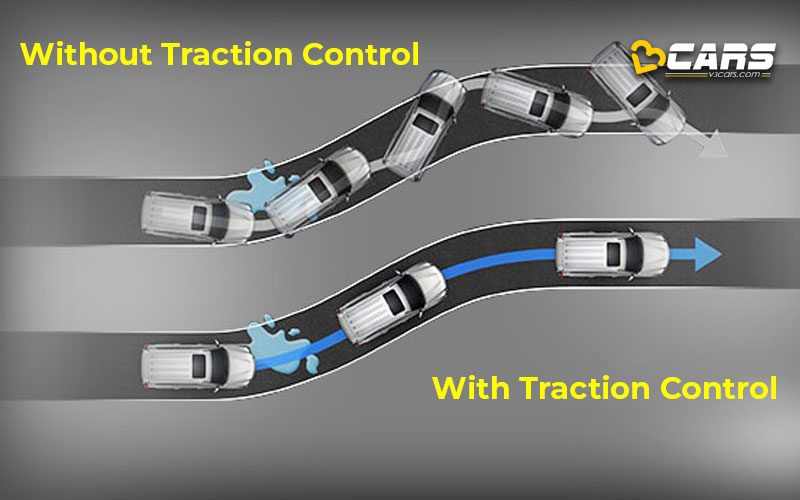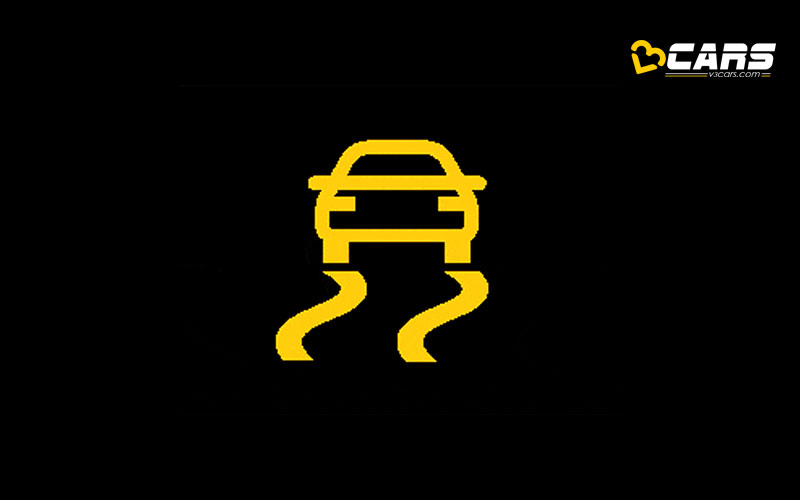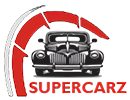
In today’s increasingly powerful and technologically advanced vehicles, safety and stability are of utmost importance. One crucial system that contributes significantly to these aspects is Traction Control. While often mentioned, many drivers may not fully understand its function and benefits. Let’s delve into the world of Traction Control and explore how it keeps you gripped to the road.
What Is Traction Control?
Traction Control System (TCS) is an active safety feature designed to prevent wheel spin during acceleration, especially on slippery surfaces. It works in conjunction with the vehicle’s Anti-lock Braking System (ABS) and Electronic Stability Control (ESC) to maintain optimal traction and stability.
How Does Traction Control Work?
Traction Control utilises wheel speed sensors to constantly monitor the rotational speed of each wheel. When the system detects that one or more wheels are spinning faster than the others (indicating a loss of traction), it intervenes in one or more of the following ways:
- Reducing Engine Power: The system can momentarily reduce engine power by adjusting the throttle or fuel injection. This limits the torque being sent to the spinning wheel(s), allowing them to regain grip.
- Applying Brakes: In some cases, the system can apply individual brakes to the spinning wheel(s). This helps to transfer torque to the wheels with better traction, improving overall stability.
- Combination of Both: Most modern Traction Control systems use a combination of engine power reduction and individual wheel braking for optimal control.
When Does Traction Control Activate?
Traction Control typically activates in situations where wheel spin is likely to occur, such as:
- Accelerating on Slippery Surfaces: Wet roads, ice, snow, or loose gravel can cause wheel spin during acceleration.
- Rapid Acceleration: Even on dry pavement, rapid acceleration can cause wheel spin, especially in high-powered vehicles.
- Cornering: In some cases, Traction Control can intervene during cornering if a wheel loses traction.
What Are The Benefits Of Traction Control?
Traction control offers the following benefits:
- Improved Traction: By preventing wheel spin, Traction Control ensures that the available engine power is effectively transferred to the road, maximising traction.
- Enhanced Stability: It helps maintain vehicle stability, especially in challenging driving conditions, reducing the risk of skidding or loss of control.
- Increased Safety: By preventing wheel spin and maintaining stability, Traction Control contributes to overall vehicle safety, protecting both the driver and passengers.
- Smoother Acceleration: It helps achieve smoother and more controlled acceleration, especially from a standstill.
Traction Control Vs. Stability Control
While often used interchangeably, Traction Control and Stability Control are distinct systems:
- Traction Control: Primarily focuses on preventing wheel spin during acceleration.
- Stability Control (ESC/ESP): Prevents loss of control during cornering by detecting and correcting skids.
Both systems work together to enhance vehicle stability and safety.
Traction Control Indicator And How To Turn It Off?
Most vehicles have a dedicated indicator light on the instrument cluster that illuminates when the Traction Control system is active. This light may also flash when the system is actively working to prevent wheel spin.

In some vehicles, Traction Control can be deactivated via a button or menu setting. However, it’s generally recommended to keep it enabled for optimal safety. In specific situations, like driving in deep snow or sand, temporarily disabling Traction Control might be necessary to allow some wheel spin for better forward momentum. Consult your car’s owner’s manual for specific instructions.
Traction Control is an essential safety feature that significantly enhances vehicle stability and control, particularly in challenging driving conditions. It works seamlessly behind the scenes, ensuring a safer and more confident driving experience. Understanding its function and benefits can empower drivers to make informed decisions and appreciate the technology that keeps them gripped to the road.
Note: Check your Car EMI with our – Car Loan EMI Calculator
You can use our Fuel Cost Calculator to see how much any petrol, diesel or CNG car will cost to run based on the latest fuel price in your city.




